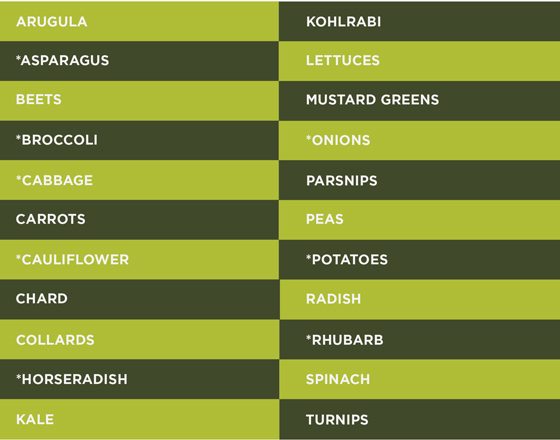The Time to Plant is Now!
By Paul James
Two significant events occur this month: daylight saving time begins on the 11th; and spring begins on the 20th. That means there’ll be more daylight in the evenings and the days will be getting longer, so we’ll all have more time to garden. Yippee! But what, exactly, should we be planting this month?
Well the easy answer to that question is darn near everything (I‘ll get to the exceptions in a moment).
For starters, think trees and shrubs, both deciduous and evergreen. The sooner you get them in the ground the better so they’ll have time to focus on root development before top growth emerges, or in the case of conifers and evergreens, before they begin rapid growth.
Likewise, this is the perfect month to plant fruit trees, cane fruits (raspberries, blackberries, etc.), blueberries, and strawberries.
Perennials can go in the ground this month, and they too will benefit from putting on roots before their top growth takes off. Start early in the month with the woody types like Russian sage and Salvia greggii such as ‘Furman’s Red,’ as well as tough stuff such as hostas and daylilies. By the middle of the month go ahead and plant pretty much everything else.
It’s time to plant cool-season vegetables and most culinary herbs (basil is an exception – wait until the end of the month unless you plant in a container that can be moved indoors if temps drop below 45 degrees of so). Here’s a list of veggies to plant now.

*Plant as roots, sets, transplants, or tubers. Plant everything else from seed.
And don’t forget fescue and rye. Both are cool-season turf grasses, so go ahead and seed new lawns or overseed existing lawns.
It’s still a tad early to plant most annuals, but before the end of the month, assuming the weather cooperates, they should be good to go in the ground or in containers.
And speaking of weather, I’d be remiss if I didn’t throw in this quick caveat. Yes, it’s possible, and perhaps even likely, that we’ll see a freeze this month, and perhaps even next month. So be prepared to cover sensitive plants. But realize too that the vast majority of landscape plants – trees, shrubs, perennials, as well as fescue and rye — won’t be affected by freezing temps. And nearly all veggies and herbs can tolerate temps in the mid to upper 20s.
So get out there and garden, because the time to plant is now.
Back to Blog
